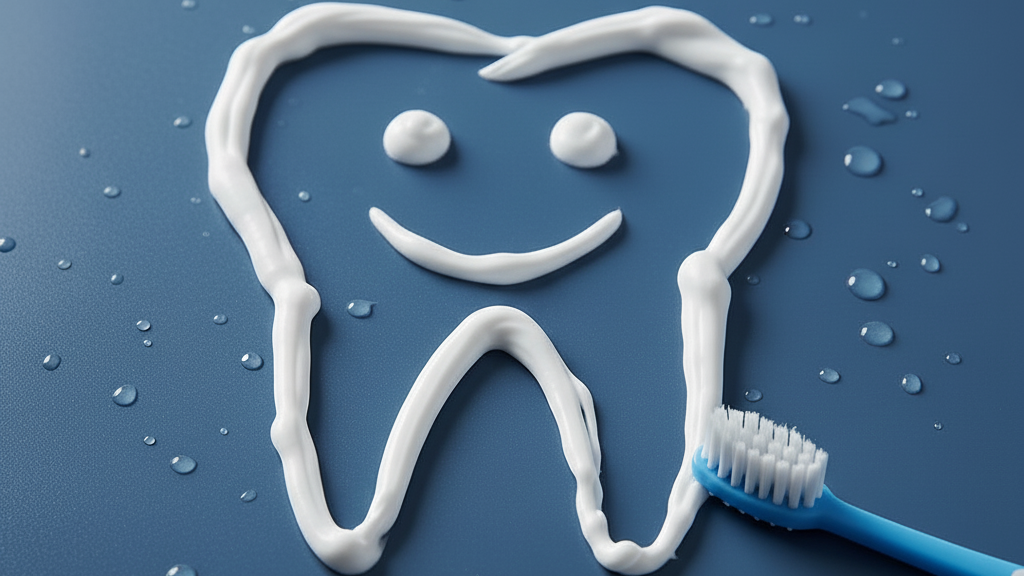Deciding to straighten your teeth is a significant commitment, and the first consultation can feel like a big hurdle. You might be wondering, "Will I need traditional braces? How long will it take? How much will it cost?" Don't worry—the purpose of your initial teeth straightening consultation is to eliminate all those unknowns. This appointment is primarily an information-gathering session for both you and your orthodontist. Here is a clear, step-by-step guide to everything that will happen, so you can replace any consultation anxiety with confidence.
What happens during the consultation.
Your initial consultation is comprehensive and thorough. It is a legal requirement for us to perform a full dental check-up to ensure you are 'dental fit' before starting any cosmetic treatment. Once cleared, we proceed with gathering the necessary diagnostic records. This includes taking a series of detailed clinical photos for precise treatment planning, followed by a state-of-the-art 3D scan. This scan is essential, as the data collected will be used to create your personalised orthodontic simulation and map out your path to a straighter smile.
The orthodontic simulation.
After gathering your clinical data, we use it to generate an orthodontic simulation. Think of it as a detailed blueprint for your treatment, showing the anticipated position of your teeth at every point. This digital planning tool isn't just for visualization; it's crucial for determining the timeline. By breaking the full treatment down into individual, sequential stages—and knowing how long each stage takes—the simulation provides a reliable estimate of the total expected treatment duration, ensuring transparency throughout the process.
What happens next?
Should you decide you're ready to move forward with treatment, we’ll secure your plan with a deposit and immediately send your prescription to the lab. Because your aligners are completely custom-made, the manufacturing process usually takes around four weeks. We appreciate your patience during this short wait for the beginning of your smile transformation.
Here are 7 essential facts you should know about ClearCorrect aligners:
Wear Time is Key: You must wear your aligners for a dedicated 20 to 22 hours every day to ensure your treatment stays on schedule.
Highly Discreet: They are virtually invisible, made from a clear, proprietary material (often ClearQuartz™) for the utmost discretion.
The Gum Line Advantage: ClearCorrect often features a high, flat trimline that extends slightly over the gums, which is designed for better retention and more precise control over tooth movement.
Freedom to Eat: You must remove them completely when you eat or drink anything other than plain water.
Material Safety: The aligners are made from safe, medical-grade plastic and are certified to be BPA-free.
Average Timeline: Treatment typically lasts between 6 and 18 months, though this is always customised to your needs.
Versatile Treatment: They can correct a wide range of issues, including crowding, spacing, and certain bite problems.
Our consultation slots fill up fast! If you're serious about teeth straightening this year, the time to act is now. Click here to secure your consultation and get on the path to receiving your aligners in just 4 weeks.











